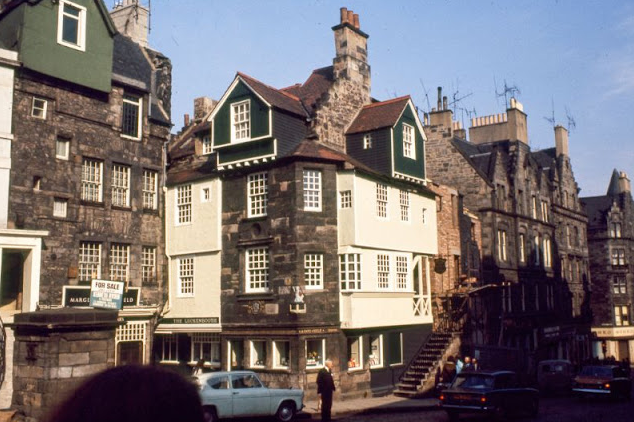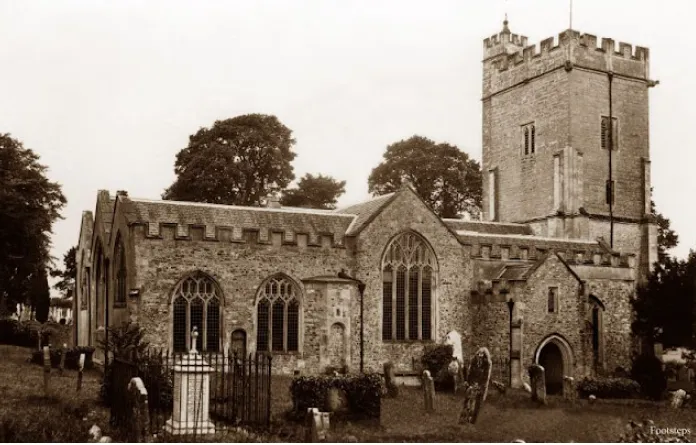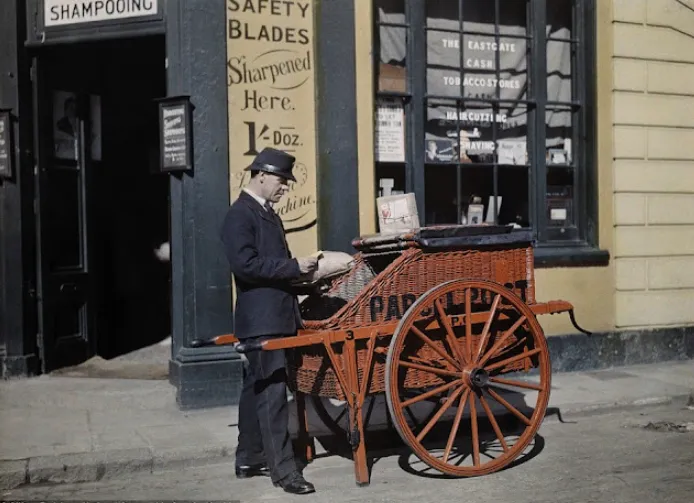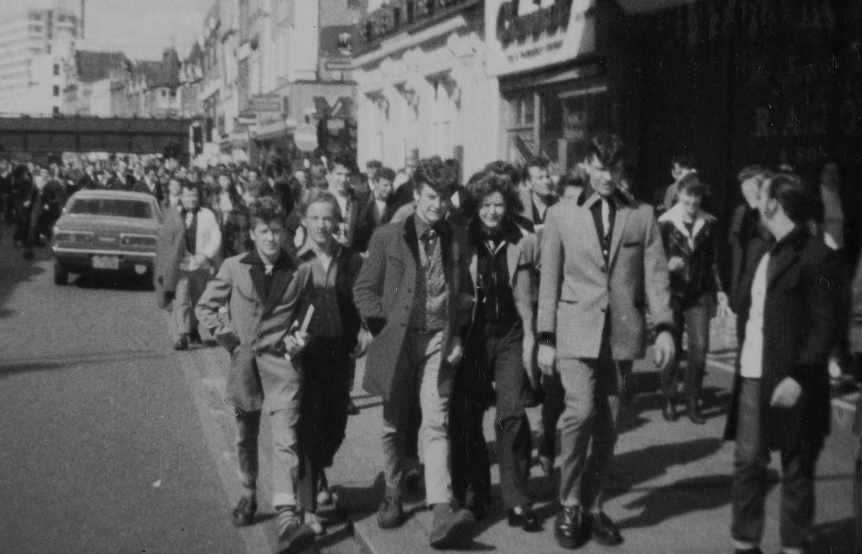With thousands of men away serving in the armed forces, British women took on a variety of jobs during the Second World War. They also played a vital role on the home front, running households and fighting a daily battle of rationing, recycling, reusing, and cultivating food in allotments and gardens.
From 1941, women were called up for war work, in roles such as as mechanics, engineers, munitions workers, air raid wardens, bus and fire engine drivers.
At first, only single women, aged 20-30 were called up, but by mid-1943, almost 90 per cent of single women and 80 per cent of married women were working in factories, on the land or in the armed forces.
There were over 640,000 women in the armed forces, including The Women’s Royal Naval Service (WRNS), the Women’s Auxiliary Air Force (WAAF) and the Auxiliary Territorial Service (ATS), plus many more who flew unarmed aircraft, drove ambulances, served as nurses and worked behind enemy lines in the European resistance in the Special Operations Executive.
In cities, the Women’s Voluntary Service prided itself on doing ‘whatever was needed’, including famously providing support (and much needed tea and refreshments) to victims of the Blitz and those sheltering in Underground stations.
In the Special Operations Executive (SOE), Churchill recruited around 60 women “to set Europe ablaze”. They were deployed behind enemy lines, usually by parachute or fishing boats, to help form a ‘secret army’ of resistance fighters preparing the way for the Allied invasion.
Below is a collection of some of historic photographs of British women at work during World War II.
.jpg) |
| Eleanor Roosevelt talking with woman machinist during her goodwill tour of Great Britain, 1942. |
.jpg) |
| A Merlin Is Made- the production of Merlin engines at a Rolls Royce factory, 1942. |
.jpg) |
| Rachel Bingham scrubs the floor of the WVS canteen on her return to the Canteen Service depot, somewhere in London in 1941. |
.jpg) |
| Women of the American Ambulance Great Britain wash an ambulance car of the surgical unit to pass the time between call-outs at their depot, somewhere in London, 1944. |
.jpg) |
| A woman of the American Ambulance Great Britain receives a telephone call requesting their attendance at an incident, 1944. |
.jpg) |
| Before they leave the depot to attend an incident, women of the American Ambulance Great Britain look at a map to plan their route. A telephone call has just been received to say that several of their ambulances are needed, 1944. |
.jpg) |
| A police officer has his hand bandaged by women of the American Ambulance Great Britain following a V1 attack in Upper Norwood. The original caption states that the policeman's hand was injured by flying glass, 1944. |
.jpg) |
| Women of the American Ambulance Great Britain prepare stretchers for casualties following a V1 attack in the Highland Road and Lunham Road area of Upper Norwood. Behind them is a busy scene of Civil Defence workers trying to rescue survivors from the rubble, with many civilian onlookers watching their progress, 1944. |
.jpg) |
| A textile worker stands at the spinning mule. The wooden rollers are transferred from the condenser to the spinning mule which is the means of twisting and stretching, the soft threads convert into a firm strong yarn, which then ready on bobbins (foreground) from the weft and warp of the weaving mill, 1942. |
.jpg) |
| A Merlin is made: the production of Merlin engines at a Rolls Royce factory, 1942. |
.jpg) |
| Miss Winifred Small (left) is a BBC soloist and professor at the Royal Academy of Music. Here she can be seen giving a violin lesson to a female first year student at the Academy, 1944. |
.jpg) |
| Cotton worker Lilian Alston fits cones of yarn into the V-shaped creel of the warping frame at a cotton mill, somewhere in Lancashire, 1945. |
.jpg) |
| A busy scene in the Treatment Room of the First Aid Post, set up in a room in a school, probably Mary Boon School, on the corner of Earsby Street and Bishop King's Road, near Avonmore Road, London, 1942. |
.jpg) |
| Female workers at an armament depot at a Royal Naval Cordite Factory, Holton Heath. |
.jpg) |
| An elderly female munitions worker at the Royal Naval Cordite Factory at Holton Heath counts sticks of cordite before they are packed by her colleague into boxes ready for distribution to various naval armament depots.. |
.jpg) |
| Workers at the small factory of J & F Pool Ltd operate lathes to bore and face the nose ends of mortar bombs, 1943. |
.jpg) |
| A director, possibly Mr Franklyn Pool, of J & F Pool Ltd reads a telegram from the Ministry of Supply to the workers gathered on the factory floor, congratulating them on the production of their 1 millionth mortar bomb, 1943. |
.jpg) |
| Women war workers from J & F Pool Ltd, a small West Country arms factory, travel to a test range in a Universal carrier, Mark I, 1943. They have been rewarded by the Ministry of Supply for producing 1 million mortar bombs with a trip to see some of their handiwork in action. |
.jpg) |
| Women war workers from J & F Pool Ltd, a small West Country arms factory, travel to a test range in a Universal carrier, Mark I, 1943. They have been rewarded by the Ministry of Supply for producing 1 million mortar bombs with a trip to see some of their handiwork in action. |
.jpg) |
| A group of mostly women war workers stand, many with their fingers in their ears, on the sand of a coastal test range to watch as several soldiers launch mortar bombs, 1943. The workers are from J & F Pool Ltd, a small factory in the West Country, and have been rewarded by the Ministry of Supply for producing 1 million mortar bombs with a trip to see some of their handiwork in action. |
.jpg) |
| A group of war workers stand, on a grassy mound at a coastal test range to watch as soldiers launch mortar bombs from the beach immediately below them, 1943. |
.jpg) |
| A group of war workers stand in a row on a grassy hill on a coastal test range to watch mortar bombs being launched, 1943. |
.jpg) |
| Rose Pillon offers advice to a passengers from the 'Tickets and Information' window at this London Underground station, 1942. |
.jpg) |
| Lilian Carpenter and Vera Perkins drive their horse-drawn cart through London's West End on the way to their first delivery of the day, 1943. |
.jpg) |
| Shipbuilding: Female welders at work on a merchant ship at Greenock, 1945. |
.jpg) |
| Cordite production at a Royal Naval armaments factory at Holton Heath, 1945. |
.jpg) |
| Shipbuilding: Mrs Agnes Smith, a fifty year old mother of ten, was a forewoman of a Greenock shipbuilding yard. |
.jpg) |
| Hawker employees Winnie Bennett, Dolly Bennett, Florence Simpson and a colleague at work on the production of Hurricane fighter aircraft at a factory in Britain, in 1942. |
.jpg) |
| A group of new recruits dressed in overalls and head scarves and carrying their gas masks are met by the female supervisor at Slough Training Centre as they enter the workshop for the first time, 1941. |
.jpg) |
| Betty Pridie receives some first aid for a sore finger from her female supervisor in Slough Training Centre's medical room, 1941. |
.jpg) |
| Women's voluntary service run Children's Clothing Exchange, Norwood, London, 1943. |
.jpg) |
| Water-cooled machine guns just arrived from the USA under lend-lease are checked at an ordnance depot in England, 1941. |
(via Wikimedia Commons)



